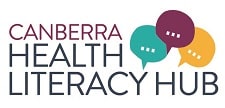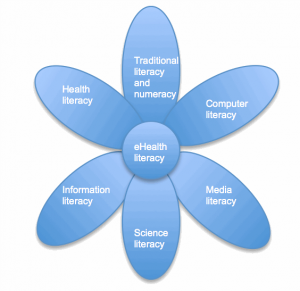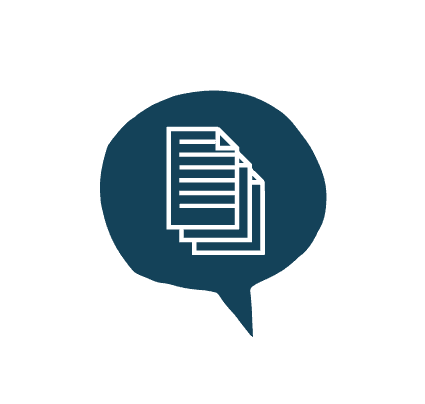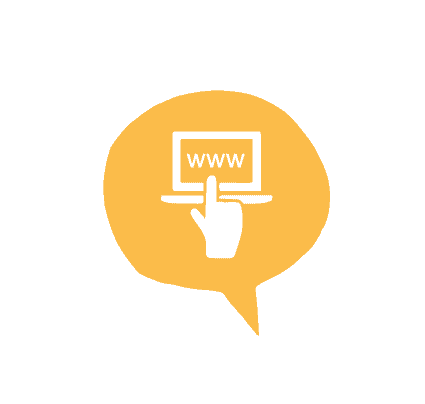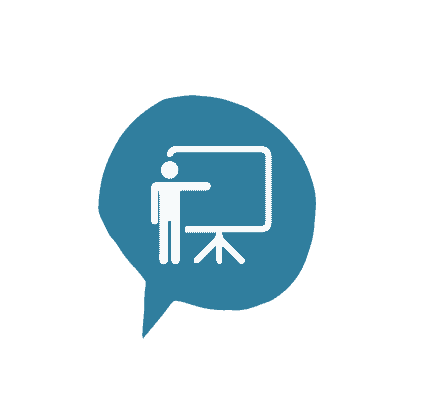Digital Health Literacy
Digital Health Literacy
Digital health literacy, or e-Health literacy, is the use of digital literacy skills in health.
It has been defined as the ability to seek, find, understand and appraise health information from electronic resources and apply such knowledge to addressing or solving a health problem[i]
People who are digitally health literate can use a computer, phone or the internet to find and use health services and information. This means they have the skills and knowledge to use these devices and technology. They can also work out if the information they find on the internet is right for them.
Digital health literacy is becoming more important as the Australian health system provides more services and information online or electronically.
Digital health initiatives include:
- telehealth
- online booking of appointments
- My Health Record
- providing online health information instead of handouts e.g. information about medicines, instructions for how to get ready for a test or operation and admission forms
- providing results of pathology or diagnostic tests online, and
- using mobile phone apps to manage chronic conditions e.g. keeping track of blood sugar levels.
Digital health services are useless if health care consumers, or providers, do not have the skills or understanding to use them or don’t have access to the equipment needed.
The ability to find, understand and use e-Health resources is important for consumers to be able to use current and future ACT health services.
The ACT has higher levels of digital access, affordability and skills than other Australian states and territories[ii].
The increasing use of e-Health services could result in a larger gap in health outcomes between people with easy access to digital resources and high digital literacy, compared to people with limited access or lower digital literacy.
Research has shown that people with lower health literacy are less likely to use e-Health tools[iii]. They are also less likely to have access to the internet or to use the internet to get health information. This increases inequality in health access and outcomes.
Online information
Being able to discern good information and facts from false information is critical to digital literacy. This includes knowing when online information is trustworthy.
Find out more about how to assess online information in our Finding good health information page.
Social inequality and eHealth
The increasing use of digital technologies within the health sector may increase the inequalities in our health system. Patients with socioeconomic disadvantage have higher rates of chronic disease and mortality, they also access eHealth services at lower rates.
Across Australia, digital inclusion follows clear economic and social patterns. Australians with low levels of income, education, and employment have significantly lower levels of digital inclusion[iv]
… more comprehensive and sophisticated use of the Internet and the subsequent increased gains among the high eHealth literate create new inequalities in the domain of digital health information[v].
What Can I do?
- Be aware that digital health literacy skills are important for both consumers and health professionals and don’t assume that anyone has the skills to effectively use e-Health tools.
- Build skills in assessing health information from online and digital sources and provide advice to consumers on where to find good sources of information.
- Many people at risk of inadequate health literacy do not have access to digital resources, or the confidence to use e-Health services. Make sure you provide alternatives (face-to-face or telephone services) for people who don’t use digital services.
References:
[i] Stellefson, Hanik, Chaney, Chaney, Tennant, Chavarria. (2011) eHealth Literacy Among College Students: A Systematic Review With Implications for eHealth Education. J Med Internet Res
[ii] Thomas, J, Barraket, J, Wilson, CK, Rennie, E, Ewing, S, MacDonald, T, 2019, Measuring Australia’s Digital Divide: The Australian Digital Inclusion Index 2019, RMIT University and Swinburne University of Technology, Melbourne, for Telstra.
[iii] Mackert M, Mabry-Flynn A, Champlin S, Donovan EE, Pounders K Health Literacy and Health Information Technology Adoption: The Potential for a New Digital Divide, J Med Internet Res 2016;18(10):e264 DOI: 10.2196/jmir.6349
[iv] Thomas, J, Barraket, J, Wilson, CK, Rennie, E, Ewing, S, MacDonald, T, 2019, Measuring Australia’s Digital Divide: The Australian Digital Inclusion Index 2019, RMIT University and Swinburne University of Technology, Melbourne, for Telstra
[v] Neter E, Brainin E. eHealth literacy: extending the digital divide to the realm of health information. J Med Internet Res. 2012;14(1):e19. Published 2012 Jan 27. doi:10.2196/jmir.1619
Last Updated on 7 August, 2023.
